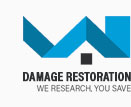 |
 |
 |
 |
|
|
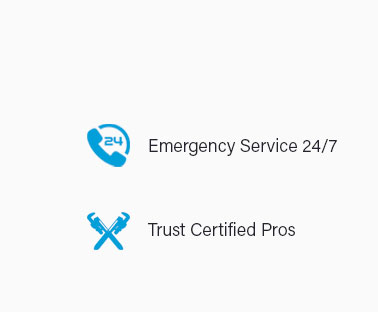 |
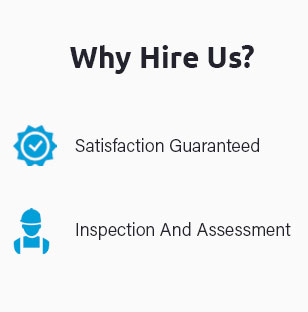 |
 |
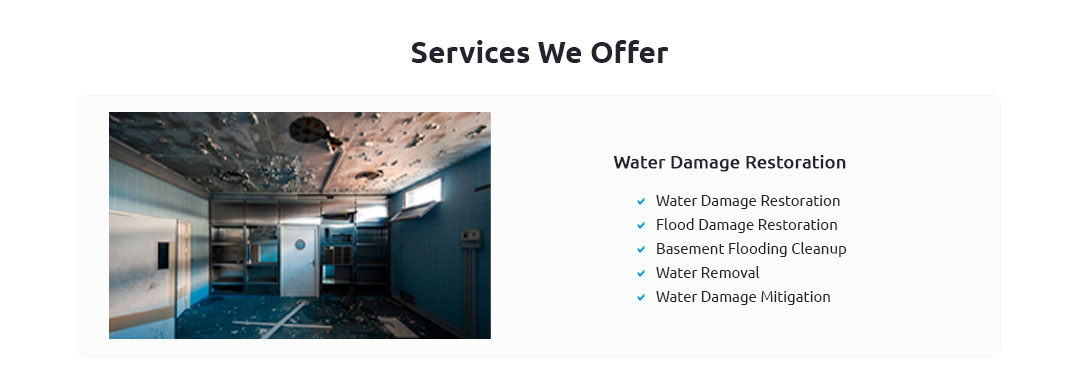 |
 |
 |
 |
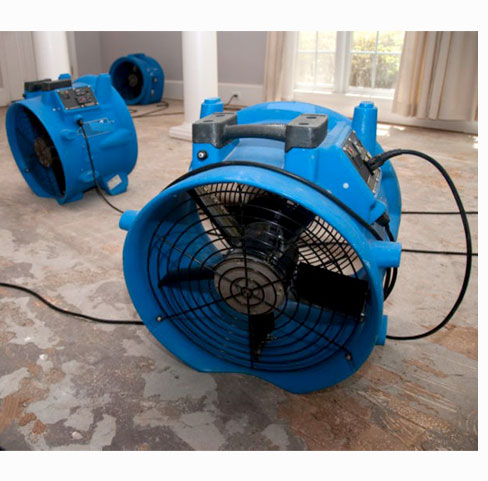 |
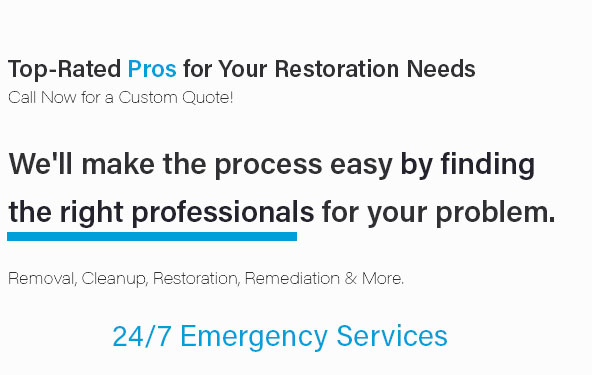 |
 |
 |
 |
 |
Understanding Water Damage Restoration in Plymouth: Best Practices and Key InsightsWater damage is a common yet often underestimated problem that many homeowners in Plymouth face. The picturesque landscapes and the serene coastal environment, while beautiful, can sometimes be harsh on properties, leading to unexpected water damage. Understanding the intricacies of water damage restoration is crucial not just for immediate repairs but also for maintaining the long-term health and value of a property. Firstly, it’s important to recognize that water damage can occur due to various reasons ranging from natural disasters like floods and storms to more mundane issues such as plumbing leaks or roof failures. Each scenario requires a tailored approach to restoration, which is why engaging with experienced professionals is highly recommended. When faced with water damage, time is of the essence. The longer water sits, the more damage it can cause, not only to the structure itself but also to the contents within. This is why acting quickly is emphasized by experts. The initial step in the restoration process typically involves a thorough assessment of the damage. Professionals use advanced tools such as moisture detectors and hygrometers to evaluate the extent of water intrusion and to identify hidden areas of moisture that might not be immediately visible. Once the assessment is complete, the next step is water extraction. This involves removing standing water using high-powered pumps and vacuums. Following this, the drying and dehumidification process begins. While it might seem like a simple task, proper drying is critical to prevent further issues such as mold growth, which can begin within 24 to 48 hours after water exposure. The drying process employs industrial-grade air movers and dehumidifiers to remove moisture from the air and surrounding materials. It’s interesting to note that despite the availability of DIY solutions, the effectiveness of professional equipment and expertise cannot be understated. These tools not only speed up the drying process but also ensure it’s done thoroughly and safely.
Choosing the right water damage restoration service in Plymouth involves more than just looking for technical expertise. Reliability, promptness, and a customer-focused approach are equally important. Many residents have shared positive experiences when working with local companies that not only offer professional service but also provide empathetic support during what can be a stressful time. In conclusion, water damage restoration is a complex process that requires prompt action and professional intervention to ensure effective recovery. For residents in Plymouth, staying informed about the best practices and choosing the right restoration partner can make a significant difference in safeguarding their homes against the potentially devastating effects of water damage. https://www.insightrestoration.com/
Insight Restoration is a 24/7 Disaster Response for all commercial and residential water restoration and fire damage recovery. https://www.servicemasterrestore.com/servicemaster-south-shore-inc/residential/water-damage/
Has your home been affected by water damage or flooding? call ServiceMaster South Shore, Inc. today at (781) 536-7375 or reach out online! https://www.servpro.com/locations/mn/plymouth
SERVPRO provides Plymouth with a fast response for home and business cleaning and restoration including water damage cleanup, fire damage and mold.
|
